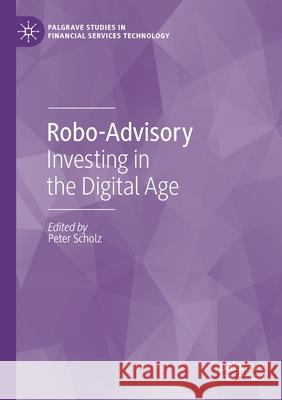Robo-Advisory: Investing in the Digital Age » książka
topmenu
Robo-Advisory: Investing in the Digital Age
ISBN-13: 9783030408206 / Angielski / Miękka / 2021 / 320 str.
Robo-Advisory: Investing in the Digital Age
ISBN-13: 9783030408206 / Angielski / Miękka / 2021 / 320 str.
cena 563,56
(netto: 536,72 VAT: 5%)
Najniższa cena z 30 dni: 539,74
(netto: 536,72 VAT: 5%)
Najniższa cena z 30 dni: 539,74
Termin realizacji zamówienia:
ok. 22 dni roboczych.
ok. 22 dni roboczych.
Darmowa dostawa!
Kategorie:
Kategorie BISAC:
Wydawca:
Palgrave MacMillan
Język:
Angielski
ISBN-13:
9783030408206
Rok wydania:
2021
Ilość stron:
320
Waga:
0.38 kg
Wymiary:
21.01 x 14.81 x 1.7
Oprawa:
Miękka
Wolumenów:
01
Dodatkowe informacje:
Wydanie ilustrowane











